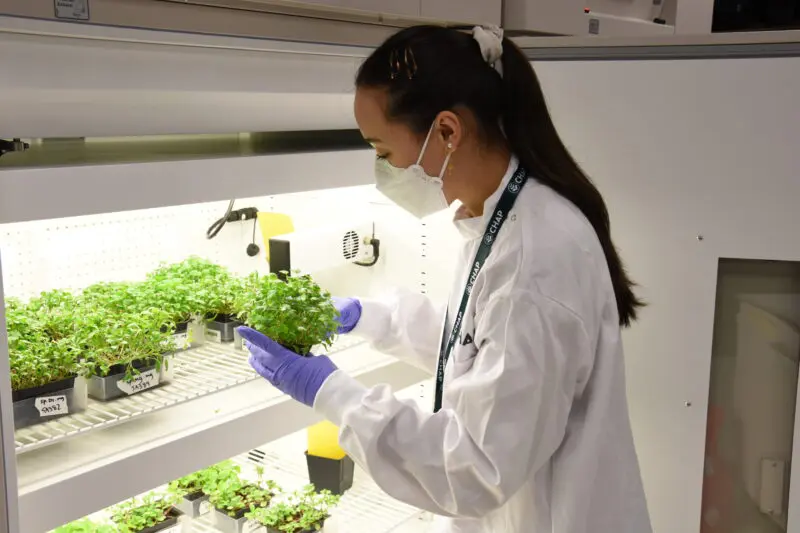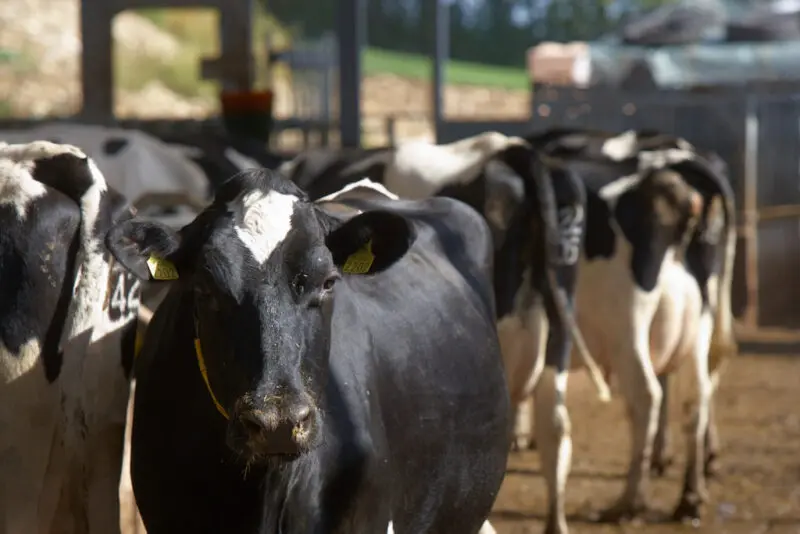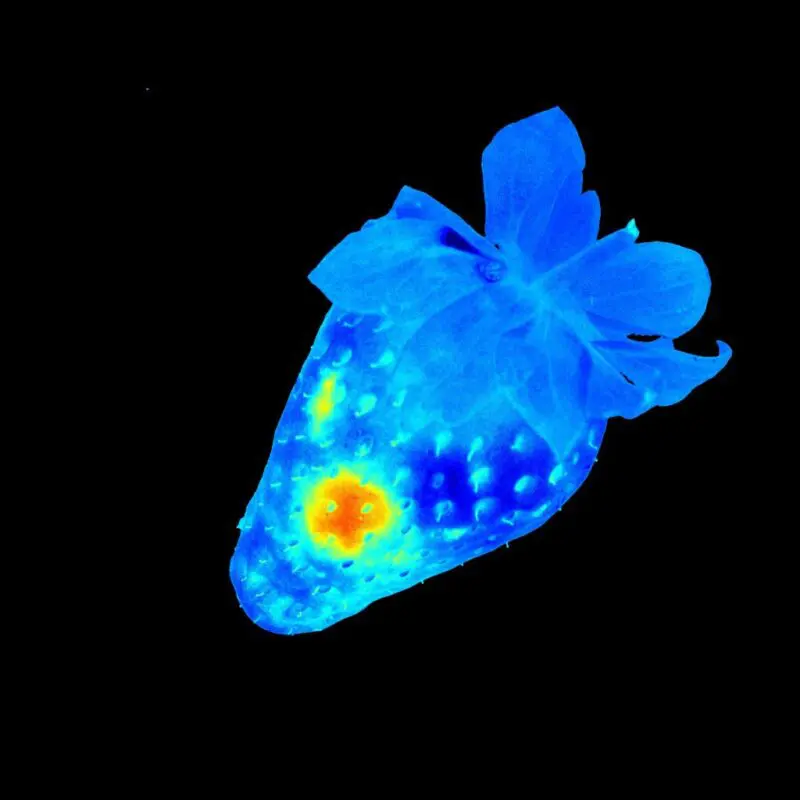
Innovation Hub for Controlled Environment Agriculture (IHCEA)
A state-of-the-art Controlled Environment Agriculture (CEA) research and development facility that seeks to transform how we understand and use technology in agriculture. The Innovation Hub for Controlled Environment Agriculture was established to demonstrate how disruptive innovation can respond to the challenges of a growing global population and climate-change. The facility drives technological innovations in CEA that provide alternative sustainable and environmentally friendly food production by: Reducing operational costs and evaluating user-friendly leading-edge technology that enables the growth of a variety of crops. Providing a platform that allows a flexible, dynamic approach to test new experimental ideas or products with cost-effective integrated solutions. Enabling customers to develop their own CEA vertical farming systems for controlled plant growth in an efficient and optimal manner. Disseminating and sharing its CEA research. What does the IHCEA offer? Operational excellence in vertical farming developments, with best-practice protocols and SOPs, plus access to UKAS-credited analytical capabilities at JHI. Multidisciplinary research, including technology integration and testing, treatment control trials and product testing. Proof of concept trials including novel crops Research to reduce operational costs by optimising growth cycles for a wide variety of crops, while also enhancing qualities such as yield, flavour and shelf-life. Automated nutrient-delivery and advanced sensor technology for controlled experimentation, including localised temperature, pH, EC humidity and light measurement capabilities. Micro-nanobubble technology, to infuse the nutrient solution with CO2 and/or O2 MNBs to increase rootzone oxygenation and nutrient bioavailability, strengthening and increasing both growth and yield. The IHCEA includes three hydroponic growing systems: Ebb and flood: a re-circulated system delivering nutrient solution to plants with alternate flooding and ebbing intervals. Nutrient film technique: a thin film of nutrient solution is continually recirculated past bare roots in gully channels, providing constant nutrient delivery with increased oxygen levels. Deep water culture: the continuous submersion of roots in nutrient solution to promote optimal growth. Adjacent automatically misted germination room. Two leading-edge LED lighting systems – FolioNova full white and SuperNova Blue spectrum (453nm) to promote vegetative and structural plant growth, photosynthesis promoting red (650nm) and photonutrient promoting far red (740nm) spectrum. In collaboration with: The Innovation Hub for Controlled Environment Agriculture capability is based at the James Hutton Institute (JHI) in Dundee. JHI offers world-leading scientific solutions for the sustainable management of land, crop and natural resources that support thriving communities. Soil and Crop Health Our unique CEA facilities range from pilot-to-commercial scale to foster the development, optimisation, validation, scale-up and demonstration of next generation technologies and innovative solutions that optimise the indoor production of crops (yield; costs), improving food quality whilst reducing our impact on resources. We can test the effect of different strategies (environmental controls; IPM); growing systems (natural light; hydroponic; sunless); recipes (lights; nutrients); explore new crops and applications (seed breeding; high-value molecules; ingredients), as well as integrate circular economy opportunities (nutrients; energy; heat; CO2) to drive forward the novel practices and innovation that underpin this sector’s ambitions for sustainable and resilient food production. Media / images Projects Case studies

